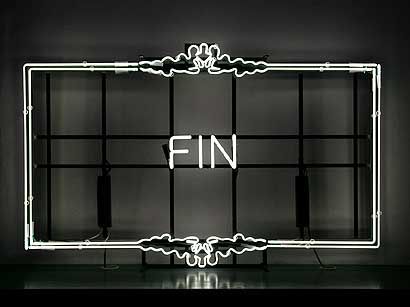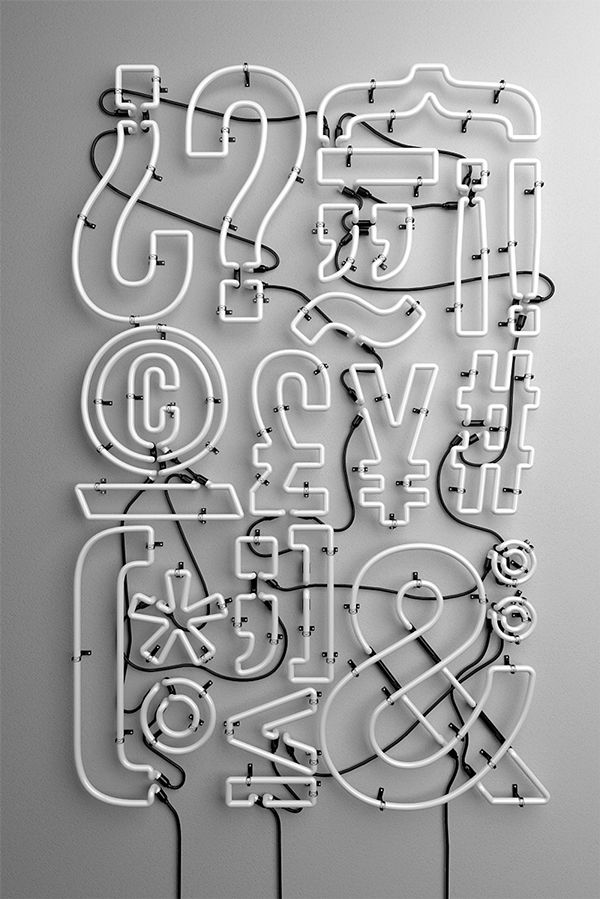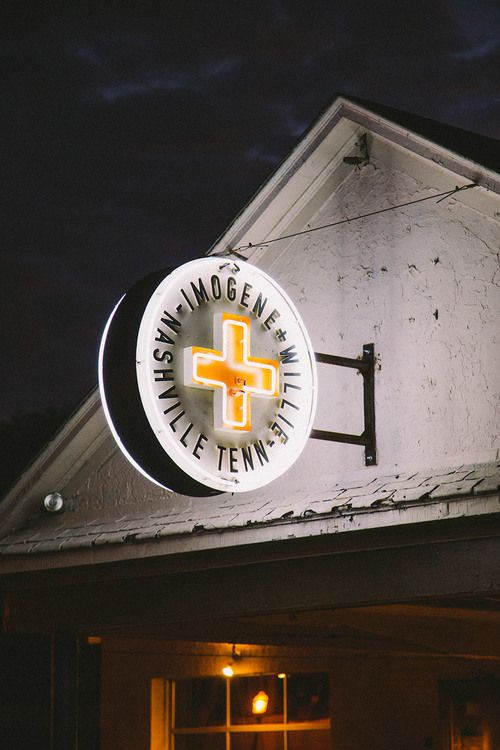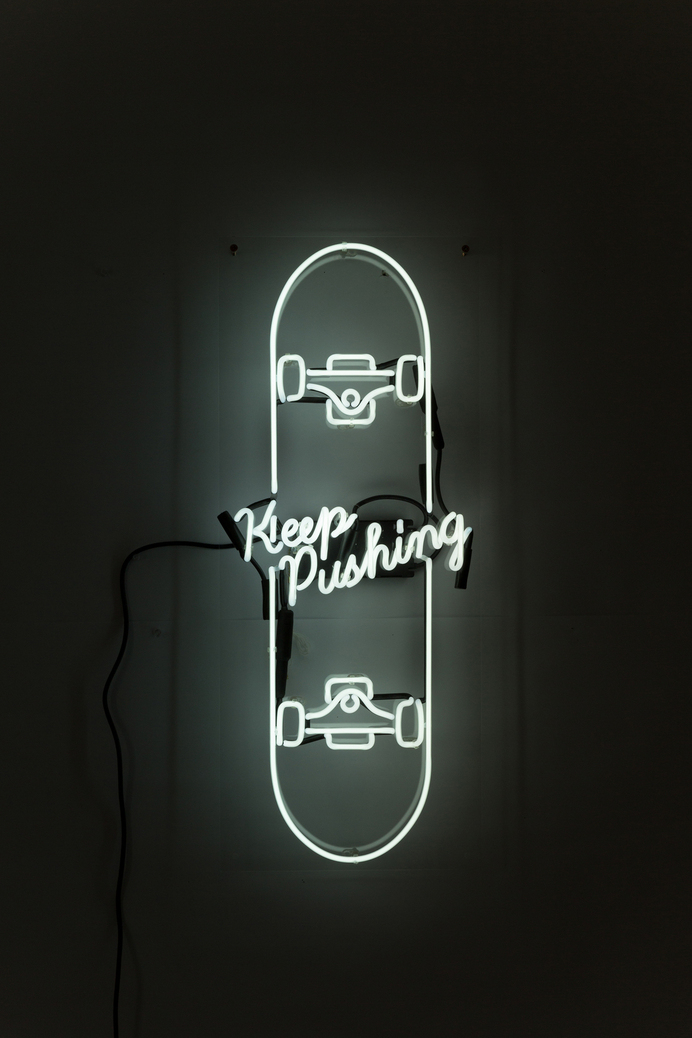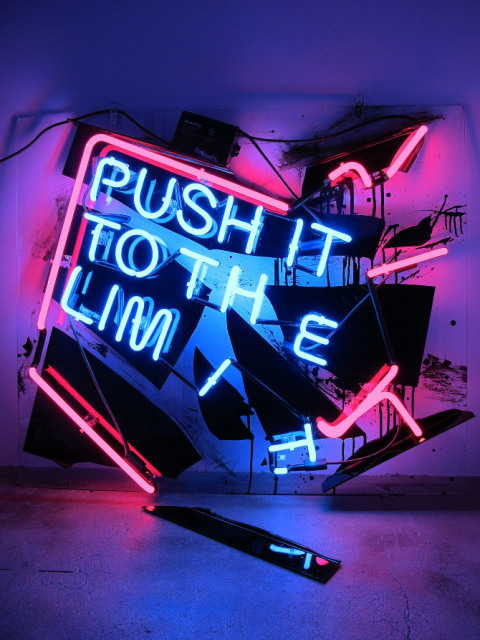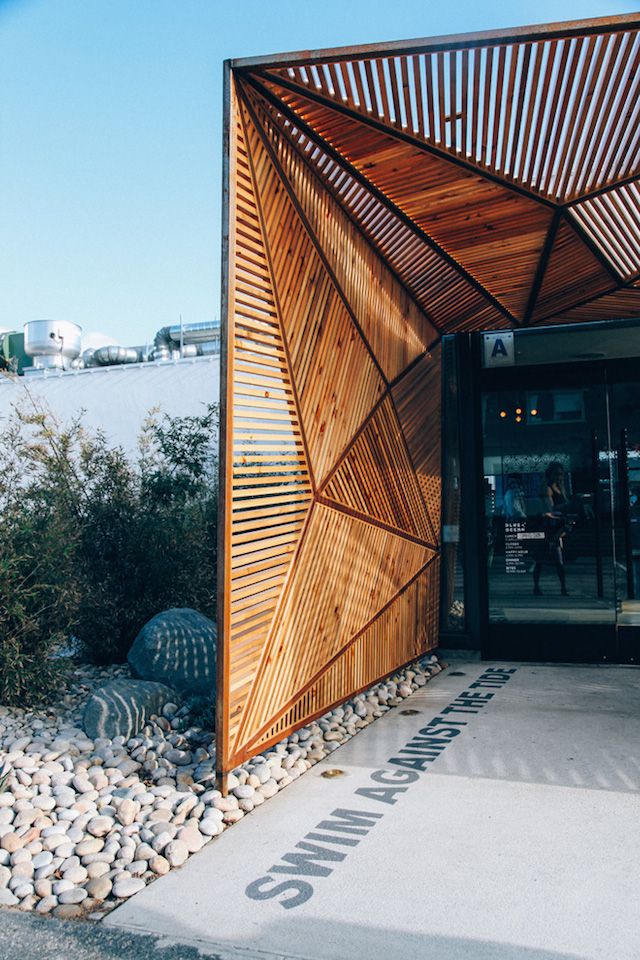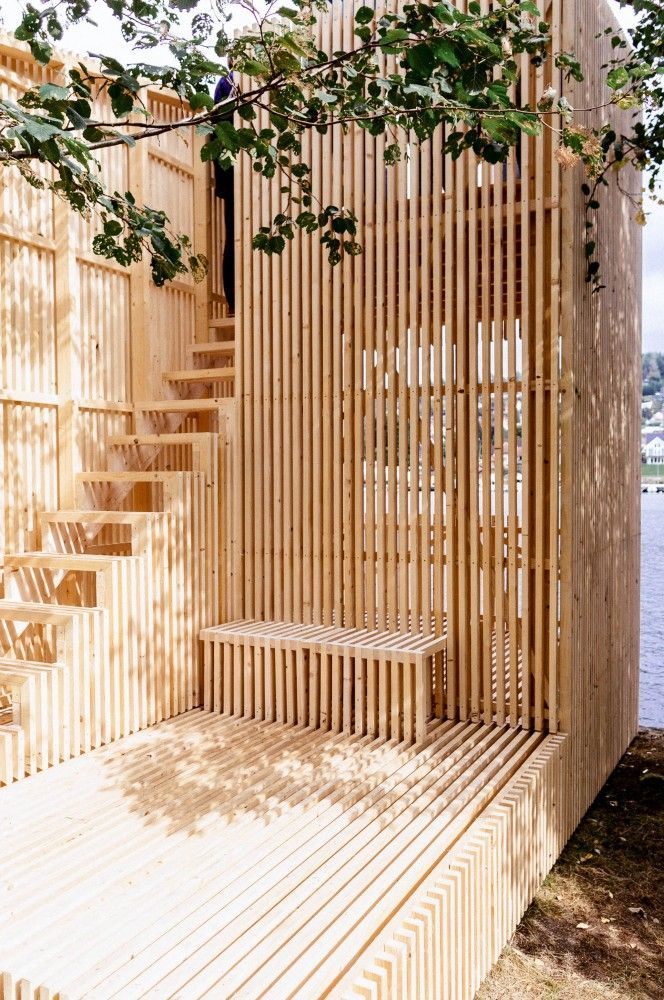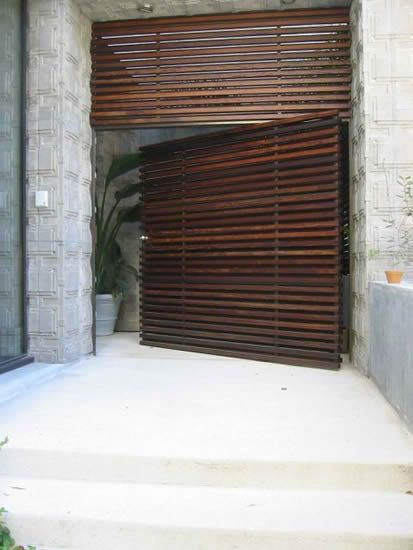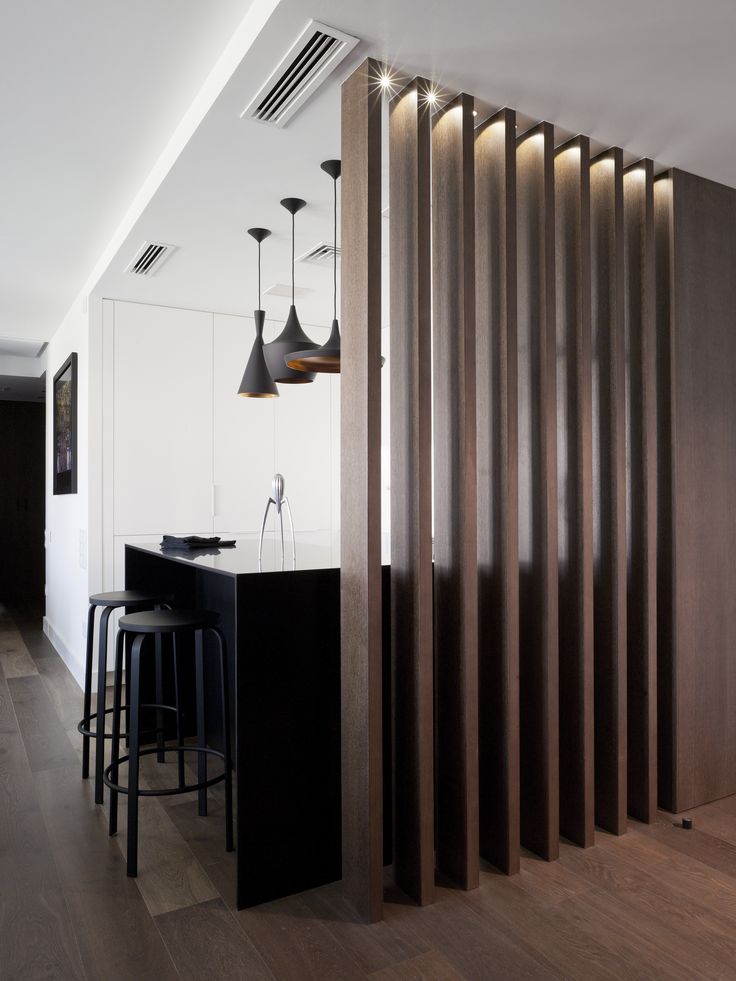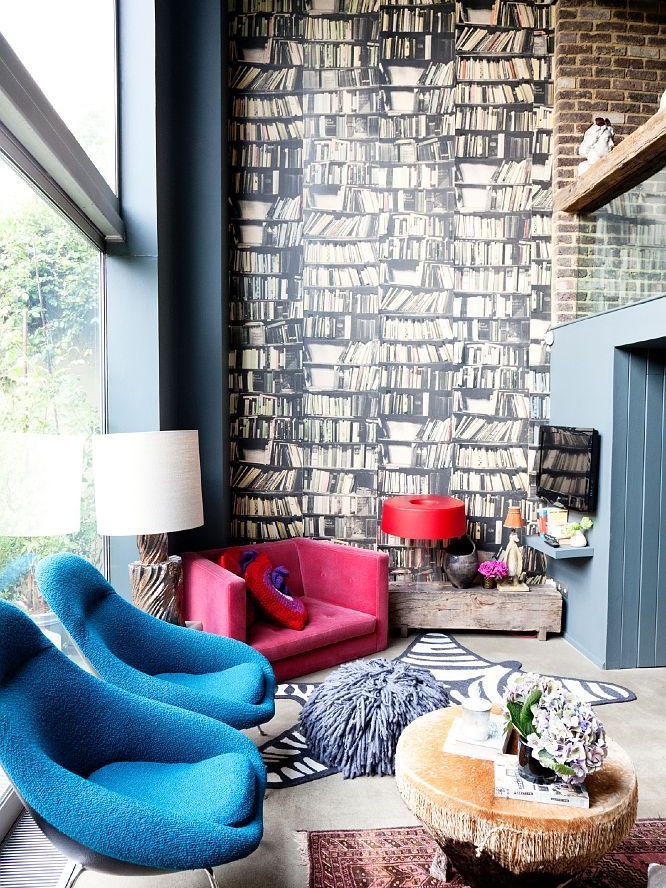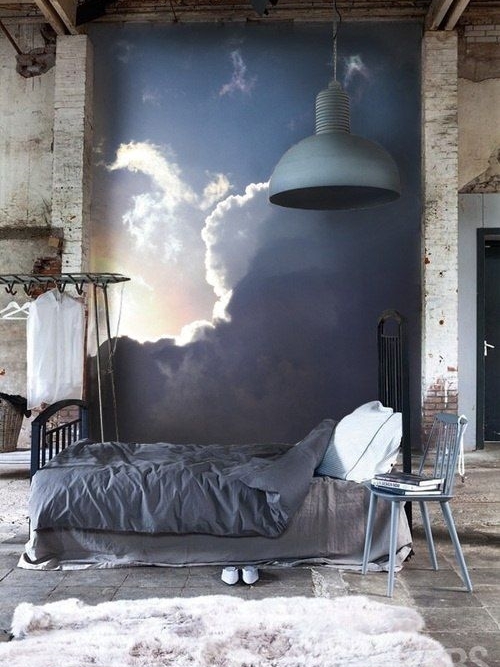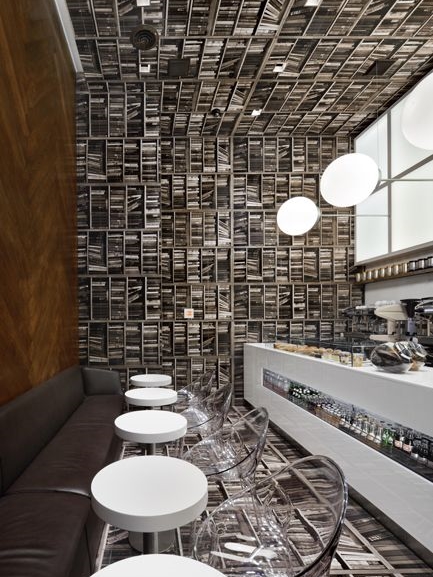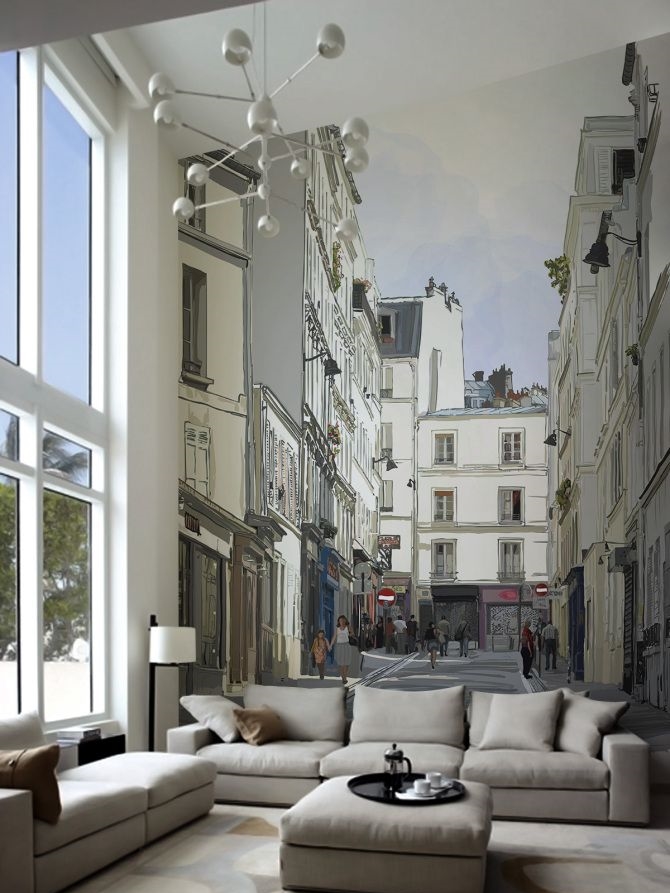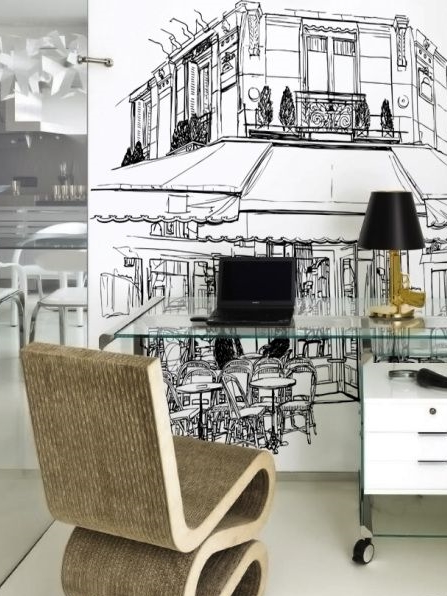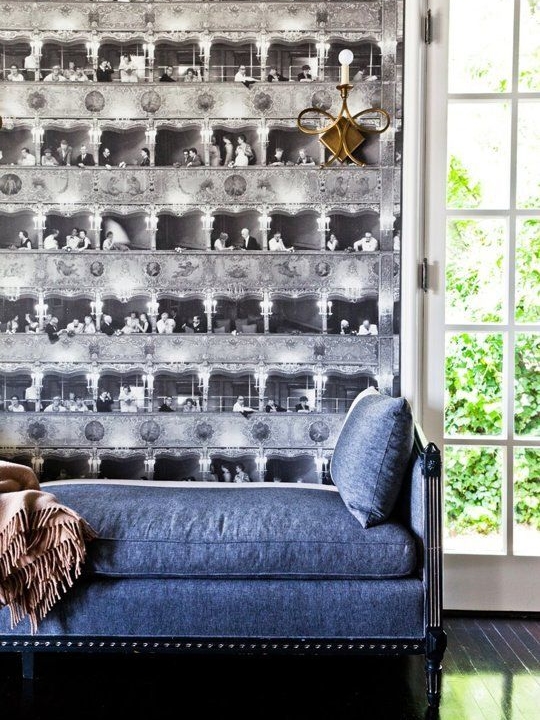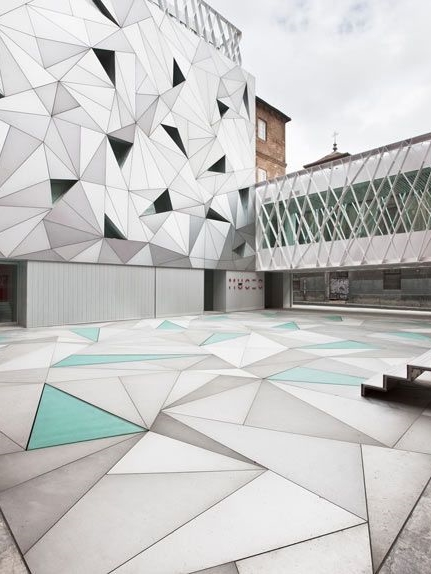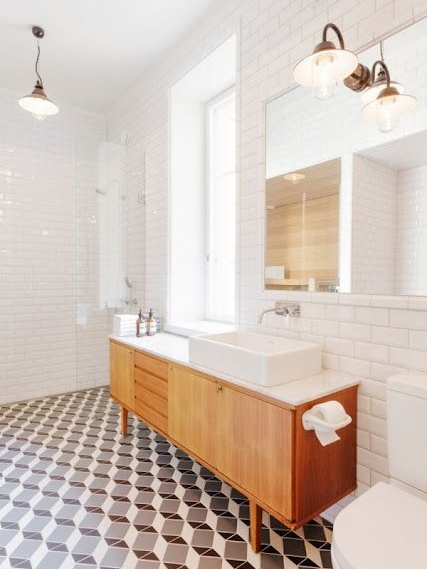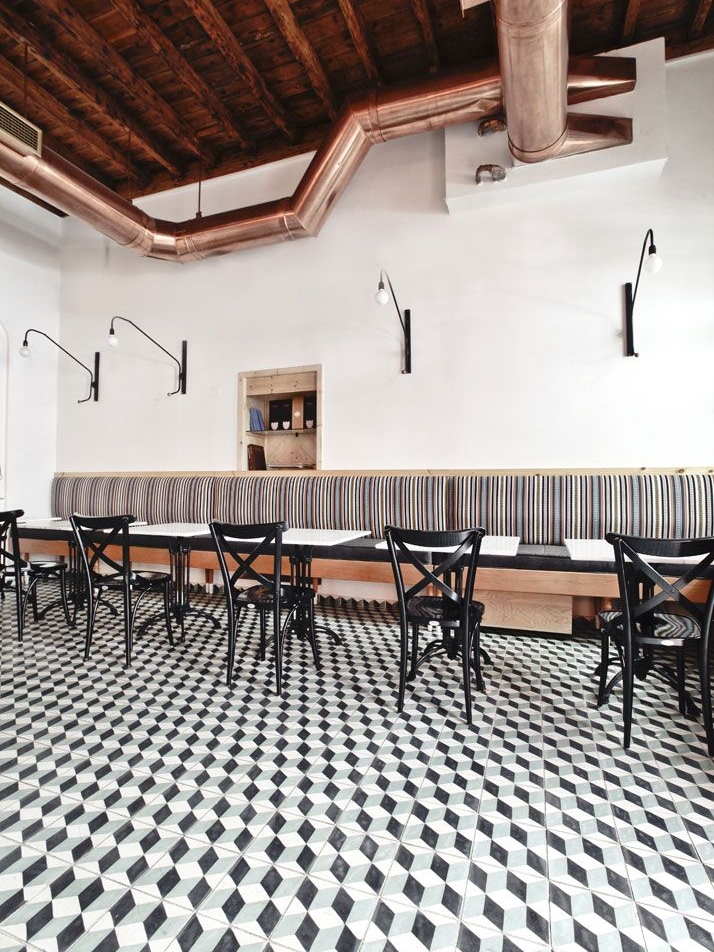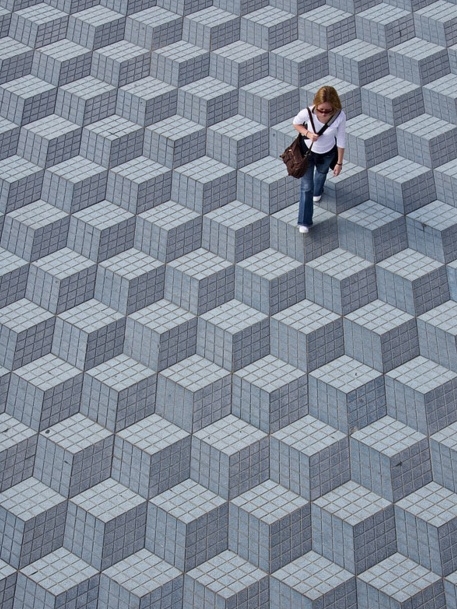NEON SIGNAGE
Signage is impactful- as usually the first thing a guest or passerby sees, signage can entice, dispel, awaken and define. What a better way to do this, than with neon?
Neon signage, with it characteristic reddish-orange glow, awakens fond memories of 1950's diners and bowling alleys. And that's exactly why it is still being used today- it is memorable. The ability to write and demonstrate in glowing, bright colors is quite attractive to any brand, contemporary or midcentury. Any other colors besides the reddish-orange, is actually a different type of inert gas or element, creating a whole spectrum of colors depending on gaseous mixtures and electric current.
We see it today in lots of applications: brand names and logos, unconventional text and phrases, a back-lit glowing effect and often encased in metal lettering to resemble vintage marquee lettering. A new trend taking the neon scene, is typography created from custom bent glass tubes filled with a gas. See the Nike sign below- a demonstration of typography at its finest, conveying brand values through a specific campaign.
RECREATE: explore different branding techniques using neon signage, especially custom typography and shapes. Or scout some antique malls and incorporate vintage signage into a bar scene for a nostalgic vibe.












